Don’t let losing or forgetting your ATV key stop you from enjoying your quad. In this article, I’ll show you a few ways to start your ATV or UTV without the key. You can do any of these methods with basic hand tools found in most garages.
Your ignition switch is simply a break in a circuit telling your electrical box when it’s ok to start or not. When there’s no key in the ignition, no power can be sent to the rest of the needed components to start the engine. There are some pretty simple ways to get around this though.
Of course the easiest way is if your machine has a pull start or kick starter on it. A lot of the newer quads being made don’t have this functionality anymore unfortunately. If you do have this option, simply unhook the ignition switch from the cdi or electrical box. That way the engine will start without needing a key inserted, then start the engine.
This method may work without a pull start or kick start if you can push your machine to a good pace and pop it into gear. Your other options are:
This is my preferred method to starting an ATV without the key. Most ignition switches will only have two wires going into it. On wire is sending power in, and the other wire sends power to the electrical box if the key is inserted. Telling the machine that it’s ok to start.
Simply remove the ignition switch from the equation. You can disassemble the switch or just cut the two wires leading to it. Be sure to leave enough slack in the wire just in case you want replace the ignition switch later on.
Now connect the two wires and your electric start should work like always. Remember to connect the wires on the side leading to the engine not the side leading to the ignition.
You have to remember to disconnect the two wires when you’re done riding or you’ll drain the battery dead.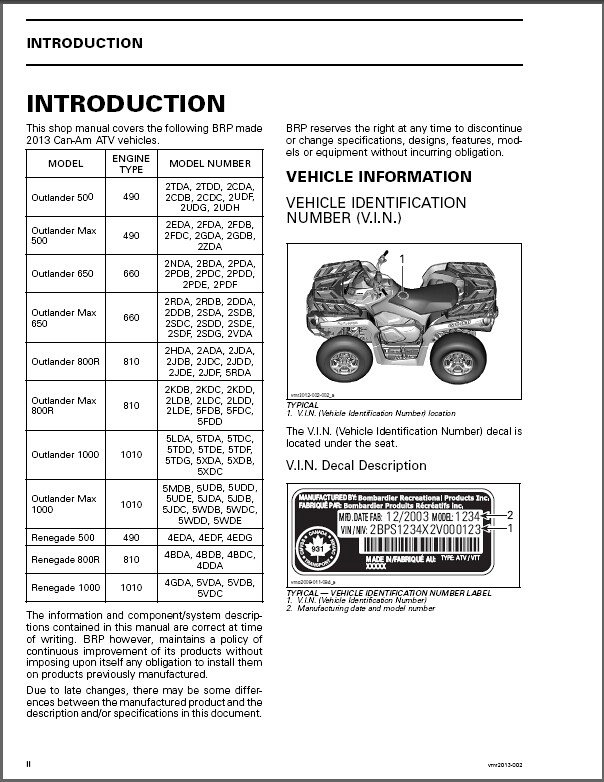 I would recommend you put a simple switch here in place of the ignition, a simple on/off switch will work perfect.
I would recommend you put a simple switch here in place of the ignition, a simple on/off switch will work perfect.
Some of the newer quads have more than two wires coming out of the ignition switch, not to worry. A lot of times there will also be a ground wire or something like that. The two wires you should focus on are red and black. Cut those two wires and tape them together. Make sure you tape together the ends of the wire leading to the engine not to the ignition.
You may also see a black with white stripe and green wire. These two wires are shorted together when the key is in the off position. You will need to open that short by cutting the black with white stripe wire and tapping off the end.
Once the black with white stripe is cut and taped, and the red and black wires and spliced together and taped. You should have power to your quad as if the key was turned on. You can use your normal electric start and everything the way it is.
Remember to disconnect the black and red wires when you’re done to avoid killing the battery. You could also tape the black with white stripe wire back together to prevent anyone from easily starting the quad.
You could also tape the black with white stripe wire back together to prevent anyone from easily starting the quad.
This doesn’t work on all ATVs, only machines with an electric start option only. Your solenoid should be near your battery and wiring harness. On some quads you have to remove a side panel to access it.
Your solenoid will have two main wires coming out of it and possibly some other smaller ones, we only care about the two big wires. You need to lay a wrench or something metal across the two connectors of the main wires. Then, you should be able to start the quad.
I don’t use this method myself because you have to be real careful the wrench or piece of metal is not touching anything else that could short it out. If you accidentally touch the frame or something when doing this, you could cause damage to your electrical parts of the engine.
Desperate times call for desperate measures, and that’s what this method is.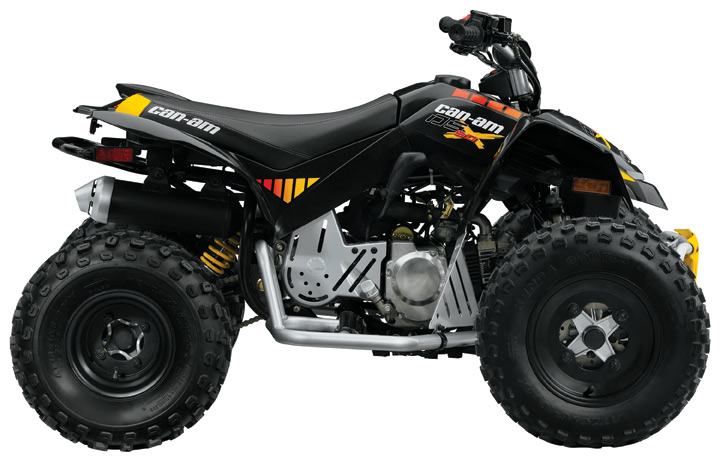 This trick is mostly used by thieves, so if you’re driving around the trails with a screw driver sticking out of the ignition and get stopped by trail enforcement, be ready to get asked some questions.
This trick is mostly used by thieves, so if you’re driving around the trails with a screw driver sticking out of the ignition and get stopped by trail enforcement, be ready to get asked some questions.
Basically you just hammer a screwdriver into the ignition and turn it on as if it were the key. The screwdriver will brake the pins in the lock allowing you to turn the ignition on.
I don’t recommend this method because you could damage the ignition and not get the quad to start anyway. And even if you are successful, you’re now riding around with a screwdriver sticking out.
This is obviously the best method in the list. Of course if you forgot your key and you’re already way out on the trail, then there’s no way you can order a part and do the replacement. This is more for someone who lost their key, or broke their ignition trying the screwdriver method.
Here’s a decent Replacement Ignition Switch found on Amazon to help get your search started.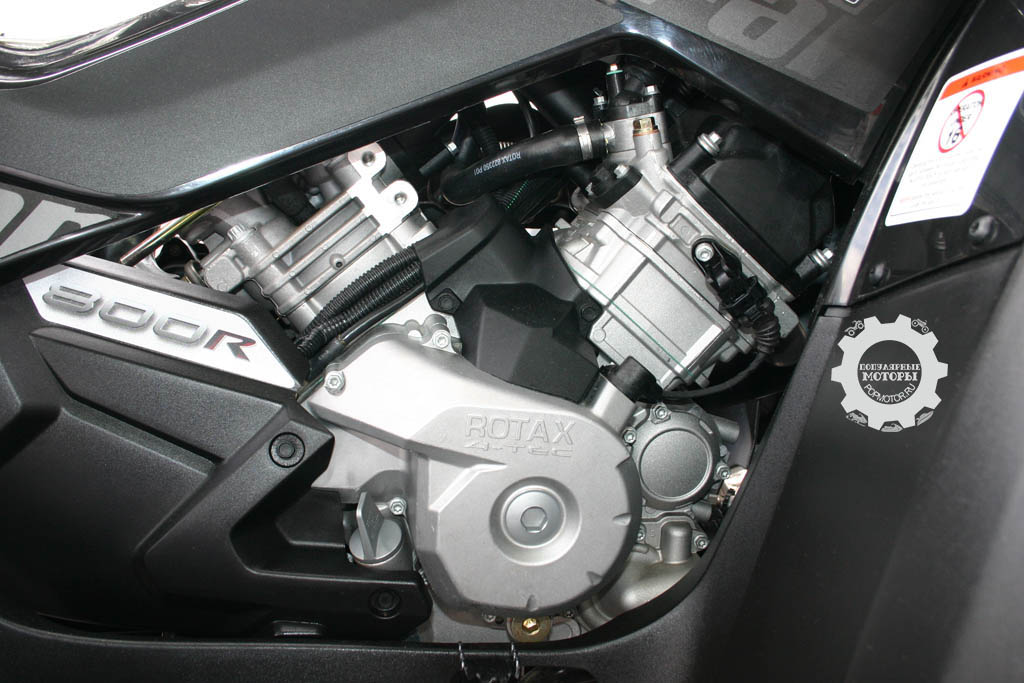 If you can find a replacement from the manufacturer for your specific machine, that would be the best route, but probably a lot more expensive.
If you can find a replacement from the manufacturer for your specific machine, that would be the best route, but probably a lot more expensive.
One thing I want to mention is that it’s always best practice to tape up any wires you cut and exposed. You may have gotten the hotwire job done correctly, but if any of those wires hit the frame and short out you could have bigger problems.
Leave enough slack in the wires to work on them again later on. Try to avoid cutting the wires to the ignition real close to the ignition itself, or somewhere that makes it hard to get to the wires. You may want to work on it later on, like putting in a new ignition switch or on/off switch.
Don’t tell everyone how easy you hot wired your quad and how you did it. Maybe you’ll be safe to do this, but I lean a little more to the cautious side when it comes to my machines.
Sharing is caring!
Table of Contents
Buy a new ignition switch If you aren’t in the situation where you are camping and need immediate access to the ATV, getting a new ignition switch is a good alternative, especially if you can’t get a new key made. A new ignition switch is surprisingly inexpensive and should be easy to install.
A new ignition switch is surprisingly inexpensive and should be easy to install.
To bypass, remove the ignition switch from the equation by disassembling the switch or cutting the two wires leading to it. However, be sure to leave enough slack on the wire for future use if you wish to replace the ignition switch later. After disassembling the switch, connect the two wires, and the electric start should work like always.
How does an ATV ignition switch work? Replace the ignition switch. Your ATV key is not some magic trigger that makes everything in the engine work. Turning the key in the ignition opens and closes a circuit that allows a spark to ignite the engine. Once that spark ignites the engine, assuming your engine is good, then you are good to go, with or without a key.
How do you change the ignition switch? Here are 7 ways you can try. Replace the ignition switch. Your ATV key is not some magic trigger that makes everything in the engine work. Turning the key in the ignition opens and closes a circuit that allows a spark to ignite the engine.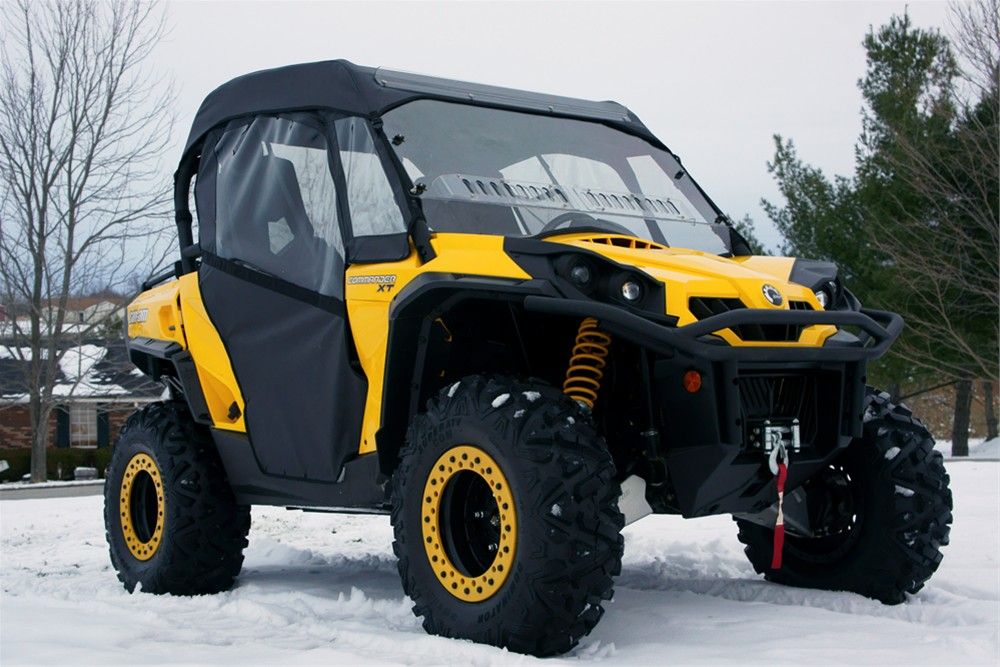
How do you replace an ATV solenoid? Cut the wire that connects the solenoid to the battery. Locate the red wire coming out of the battery. Connect the red wire from the battery to the the wires you just cut. Start the ATV. Locate and remove the lamp/instrument cluster housing top part. It typically is connected via 3 Philips screws. Locate and remove the key switch assembly.
How do you remove ignition from an ATV? First, you need to get the ignition loose from your ATV. From there you should see that your ignition is basically a cylinder that separates into two pieces. Second, you should be able to remove the bottom half of the cylinder that is connected to the cord leading to your ATV engine.
Then locate the starter solenoid and connect the solenoid to the positive battery terminal. Then unplug the ignition switch wiring from the solenoid. Using a screwdriver, short the solenoid’s positive terminal to the post where the ignition switch connects. This will activate the solenoid and the car should startup.
This will activate the solenoid and the car should startup.
You can always jump start your car even if you have a faulty starter. However, jumpstarting it is not a permanent solution to the problem. The moment the car begins to function, the starter will receive enough amps to power it to start.
On some models you can bridge the battery side lug and the starter side lug CAREFULLY with an INSULATED screwdriver with the key on. This effectively bypasses the relay and starter switch.
Generally, only ATV’s with certain types of automatic transmissions can be push-started safely.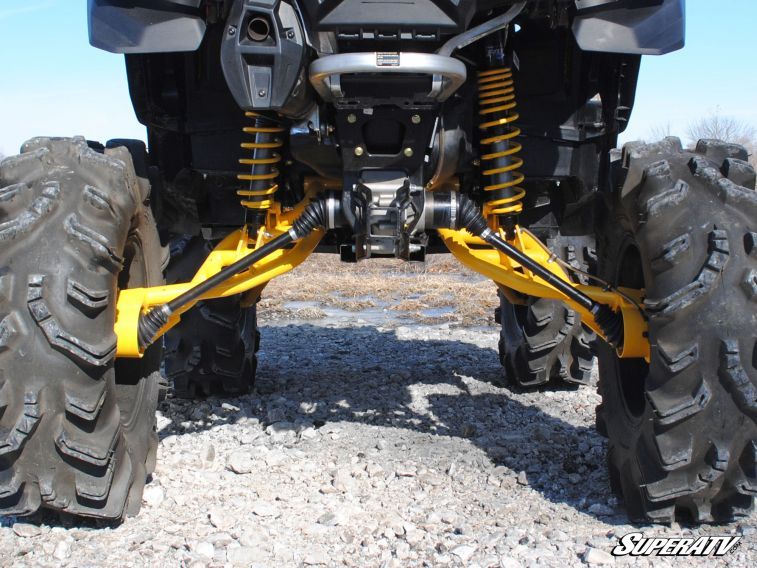 If you try to push-start an automatic ATV with the incorrect transmission type, it will at best not start and, at worst, cause damage to the transmission.
If you try to push-start an automatic ATV with the incorrect transmission type, it will at best not start and, at worst, cause damage to the transmission.
Turn on the first ATV, or the one with the full battery, and let it run for a little while, approximately 3-5 minutes. After that, try and turn on the dead ATV with the cables still connected. Typically, this will do the trick and your ATV will immediately start.
Typically, this will do the trick and your ATV will immediately start.
Use A Screwdriver Basically you just hammer a screwdriver into the ignition and turn it on as if it were the key. The screwdriver will brake the pins in the lock allowing you to turn the ignition on. I don’t recommend this method because you could damage the ignition and not get the quad to start anyway.
When the starter drive gear is worn out or not engaging properly, it will often produce a grinding noise. This is similar to the one that is heard if you start your engine and then accidentally action the ignition switch again. If the grinding symptom is ignored, it may also result in damage to the engine flywheel.
– Replace The Ignition Switch. We’ll start off with the simplest option in case you’ve lost your keys before leaving the house. …
– Make A New Key. …
– Dissemble The Ignition. …
– Bypass The Ignition. …
– Use Scissors Or A Screwdriver. …
– Jump The Solenoid. …
– Hot Wiring.
– Replace The Ignition Switch. We’ll start off with the simplest option in case you’ve lost your keys before leaving the house. …
– Make A New Key. …
– Dissemble The Ignition. …
– Bypass The Ignition. …
– Use Scissors Or A Screwdriver. …
– Jump The Solenoid. …
– Hot Wiring.
– Locate the starter motor under the vehicle. …
– Locate the two metal contacts on the back of the starter solenoid.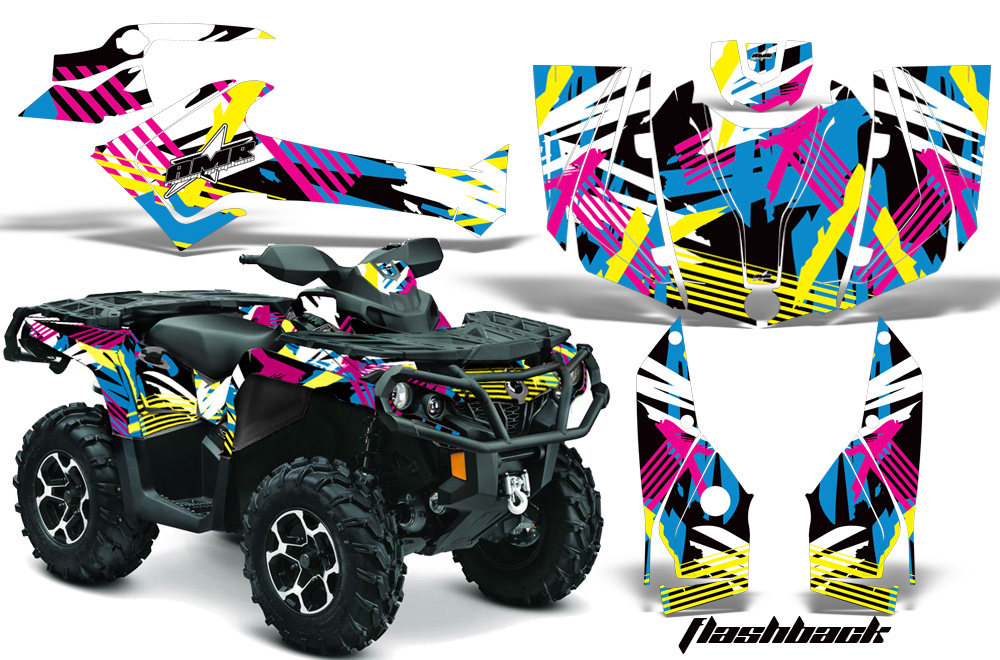 …
…
– Place the metal blade of an insulated screwdriver across both metal contacts. …
– Get a friend to help you by turning on the ignition with the key. …
– Listen to the starter motor.
The most common way to push start a vehicle is to put the manual transmission in second gear, switching the ignition to on/run, depressing the clutch, and pushing the vehicle until it is at a speed of 5 to 10 mph (8 to 16 km/h) or more, then quickly engaging the clutch to make the engine rotate and start while keeping …
Back to top of page
NEW OFF-ROAD QUALITY
It's clear from the first few seconds on the road that CAN-AM has changed.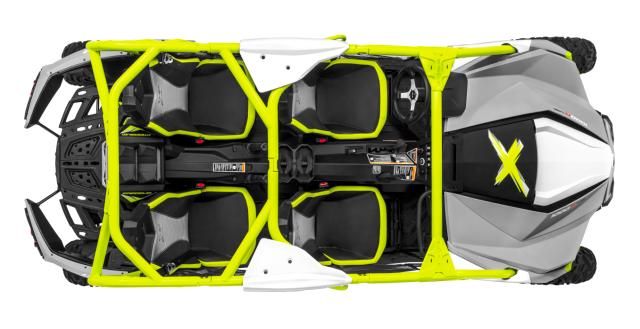 Thanks to progressive engineering solutions, it can be operated in any weather, season, on any terrain and in any situation. We have made your dreams come true. Now it's up to you.
Thanks to progressive engineering solutions, it can be operated in any weather, season, on any terrain and in any situation. We have made your dreams come true. Now it's up to you.
EXCLUSIVE CAN-AM FEATURES
ATV
SSV
LEADER IN EVERY CLASS
ROTAX 9 ENGINES0003
Every Can-Am ATV starts with a Rotax engine that delivers class-leading power and sets the industry standard for power-to-weight ratio. When developing an ATV, it is supposed to use its full potential and demonstrate high performance. This approach applies to all models of Can-Am vehicles.
ABS TECHNOLOGY
ABS technology provides not only Can-Am's directional stability on slippery surfaces, but also predictable ATV performance by preventing wheel lockup in any terrain.
ROTAX
ENGINE Rotax engines are highly regarded for their
functionality, precision and
reliability and are the most sought after
units on the market.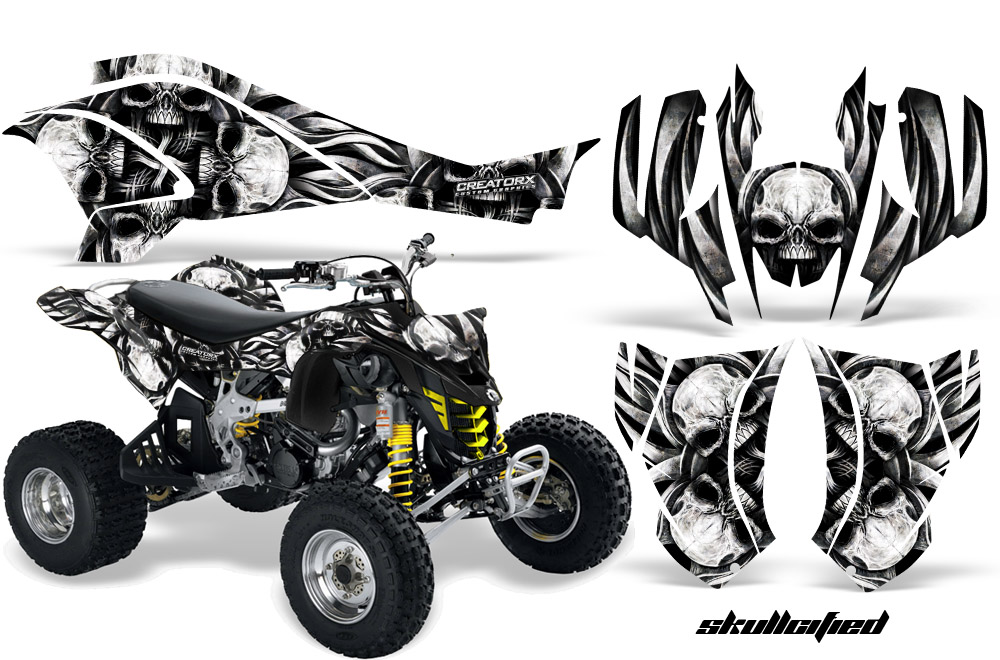
SUSPENSION
TTI and TTA suspensions give the
maximum level of comfort and
bump absorption.
Swingarm A-arms (TTA) Built for work and outdoor activities, the
delivers a smooth ride in all conditions.
Independent rear suspension with longitudinal
levers (TTI) guarantee the
's improved traction, optimal torque transmission of the
under all conditions and the
's predictable trajectory.
traction control with brake control
Traction control with brake control is standard on the Maverick Trail DPS and Maverick Sport DPS T to reduce body roll, maintain vehicle stability and increase traction in all terrain.
ERGONOMIC
VISCO-LOK
Dynamic Power Steering (DPS) enhances feedback in high-speed, rocky and off-road conditions. At the same time, it is involved more when driving at low speed than at high speed.
For us, this means more than just putting a comfortable seat on an ATV or ATV with superior performance. We design every Can-Am model with driver comfort in mind. The design of the seat and cushion provide maximum comfort and optimal body position, so you can enjoy the road without interference.
We design every Can-Am model with driver comfort in mind. The design of the seat and cushion provide maximum comfort and optimal body position, so you can enjoy the road without interference.
The exclusive LinQ quick-attach system lets you attach and remove Can-Am accessories in seconds, including cargo boxes, modular bags, roof rack extensions and more.
Our exclusive progressive self-locking front differential system continuously monitors front wheel speed. If it detects that one wheel is spinning faster than the other, it sends more power to it, providing extra traction. The driver does not need to do anything to activate the Visco-Lok. What's more, the Visco-Lok self-locking front differential does not come with a speed limiter.
There are races in the Russian trophy calendar that require specially prepared equipment. For example, "Ladoga", or "Vogulsky wilds" near Yekaterinburg, or, again, the St.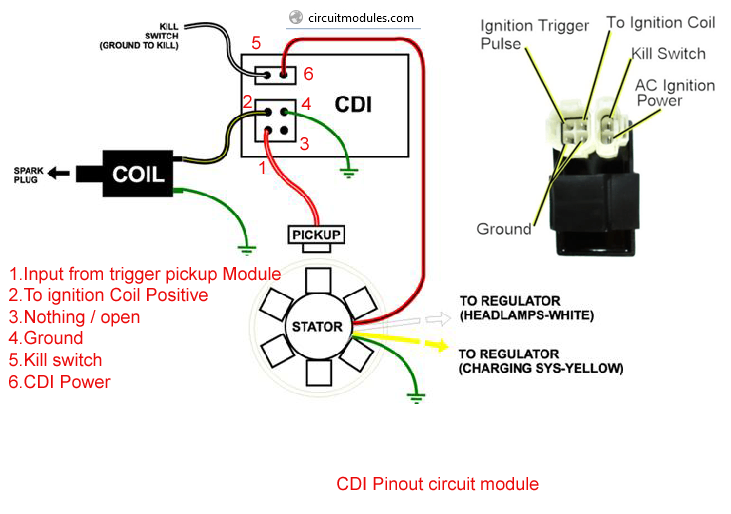 Petersburg "Veps forest". This technique is only superficially similar to the one that dealers sell. And sometimes she looks different too. Here is the "Out" of Oleg Mareev, the winner of the Ladoga-2007 trophy-raid...
Petersburg "Veps forest". This technique is only superficially similar to the one that dealers sell. And sometimes she looks different too. Here is the "Out" of Oleg Mareev, the winner of the Ladoga-2007 trophy-raid...
The crew of Alexei Romanov and Oleg Mareev on the "short" Can-Am Outlander 800 drove around both mega-experienced Finnish riders and well-trained Balts. They did it on a specially prepared "Aut"... They started building the trophic quadra back in the spring, using the experience of others and their own achievements of past years. First, they changed the geometry of the front end - reduced its overhang. The factory Outlander is undeniably good with its robot-transformer design, but on a track littered with trenches and ditches, its front end tends to be a "bulldozer". All the plastic was removed, and the radiator was moved up and placed almost horizontally. Solve two problems in one fell swoop. Firstly, the overhang was removed, and now the wheels "overtake" the size of the quadra. Secondly, the transfer of the radiator partially solved the problem of overheating, because in a regular place the grill quickly clogged with dirt and the motor “boiled”. It is clear that all quadrics riding in the trophy are boiling, because not a single manufacturer has included such a ruthless mode of operation in the calculations. For example: 7 hours of continuous track is on sticky clay almost all the time at high speeds at a speed of 3-5 kilometers per hour. Therefore, in addition to one standard exhaust fan, another one was added on the reverse side and turned on for injection. The inclusion was made compulsory, and before serious "difficulties", such as a swamp or clay, it is turned on in advance so that the motor runs in a comfortable temperature regime. By the way, about the alteration of the front end: not a single factory element was damaged - the entire skin can return to its place and restore the factory surroundings.
Secondly, the transfer of the radiator partially solved the problem of overheating, because in a regular place the grill quickly clogged with dirt and the motor “boiled”. It is clear that all quadrics riding in the trophy are boiling, because not a single manufacturer has included such a ruthless mode of operation in the calculations. For example: 7 hours of continuous track is on sticky clay almost all the time at high speeds at a speed of 3-5 kilometers per hour. Therefore, in addition to one standard exhaust fan, another one was added on the reverse side and turned on for injection. The inclusion was made compulsory, and before serious "difficulties", such as a swamp or clay, it is turned on in advance so that the motor runs in a comfortable temperature regime. By the way, about the alteration of the front end: not a single factory element was damaged - the entire skin can return to its place and restore the factory surroundings.
After the front end, the wheels were seriously taken up.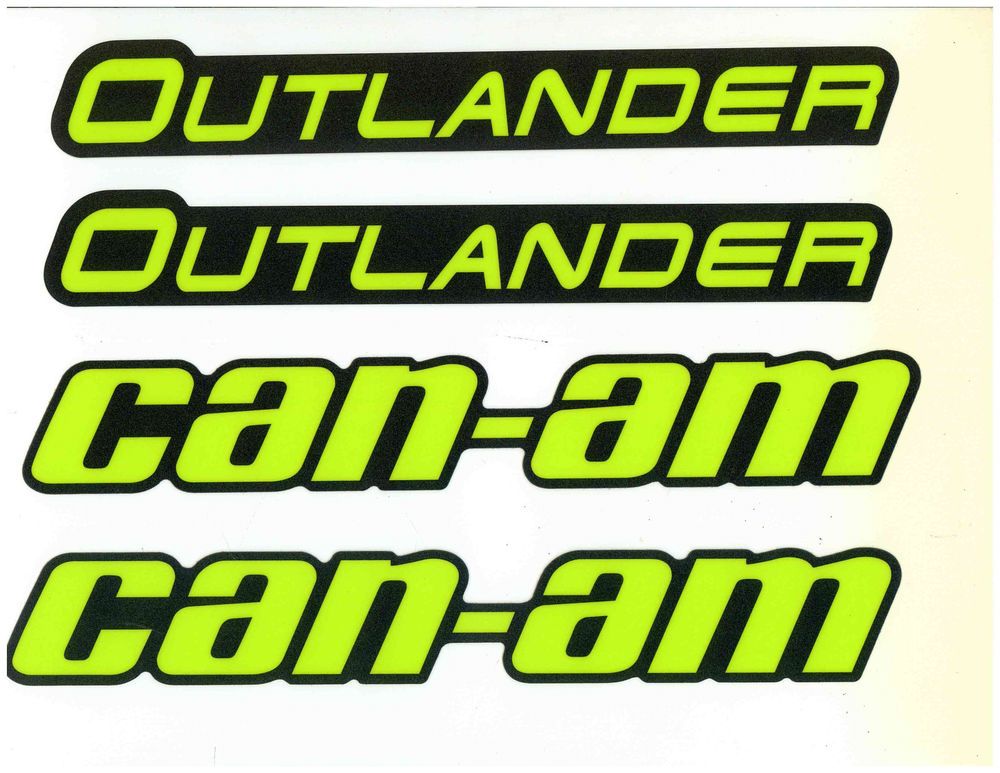 As practice has shown, for a serious trophy raid, the 28th wheel size is optimal. It is the maximum allowed according to the racing regulations. The 30th wins a little when overcoming rivers, because the "Aut" swims better. But the downside is that the steering wheel becomes less informative and significantly heavier. Because 28 is optimal! Plus, necessarily beadlocks - devices for rigid mechanical fixation of the tire to the disk. In fact, the tire is practically screwed to the disk, and the risk of disassembling the wheel is leveled. Badlocks are needed both from the outside, for reliability, and from the inside of the disc.
As practice has shown, for a serious trophy raid, the 28th wheel size is optimal. It is the maximum allowed according to the racing regulations. The 30th wins a little when overcoming rivers, because the "Aut" swims better. But the downside is that the steering wheel becomes less informative and significantly heavier. Because 28 is optimal! Plus, necessarily beadlocks - devices for rigid mechanical fixation of the tire to the disk. In fact, the tire is practically screwed to the disk, and the risk of disassembling the wheel is leveled. Badlocks are needed both from the outside, for reliability, and from the inside of the disc.
ATV suspension is the most unexpected object to prepare. It seems like the race is not a road race and I want to tailor it on shock absorbers, but this is only at first glance. All forest paths and country roads are insidious with a chaotic combination of bumps, holes, stones and other obstacles. On a good suspension, they can be passed on the move, and this is a significant gain over rivals in the race.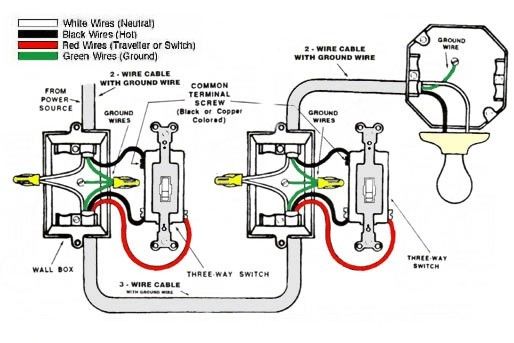 But the suspension must be very correct, otherwise lie in the bushes! There will be no progress... The guys put shock absorbers and a steering damper from the Dutch company WP Suspension on the "Out". After the 2007 trophic season, they were unanimous in choosing the right one - maybe there are better shock absorbers, but there were no problems with these. The issue of high-speed passage of the "crossroads" was resolved. Of course, they won’t help in the swamp, but you still have to get to it. Without a good winch in the trophy, it's like without clothes or even worse. Oleg Mareev put two on his Out. WARN 3000 XT front and 2500 rear. The rear winch is a controversial issue in all parties of trophy riders. Excess weight! Oleg's argument has a place to be - the additional weight of the winch is 7 kilograms, and even with respect to the dirt that the quadric is overgrown with during the raid, this figure is leveled. And there are a flurry of situations when it is needed. And it’s not only about evacuating from a swamp, but also moving along slopes, and in a wide list of emergency situations.
But the suspension must be very correct, otherwise lie in the bushes! There will be no progress... The guys put shock absorbers and a steering damper from the Dutch company WP Suspension on the "Out". After the 2007 trophic season, they were unanimous in choosing the right one - maybe there are better shock absorbers, but there were no problems with these. The issue of high-speed passage of the "crossroads" was resolved. Of course, they won’t help in the swamp, but you still have to get to it. Without a good winch in the trophy, it's like without clothes or even worse. Oleg Mareev put two on his Out. WARN 3000 XT front and 2500 rear. The rear winch is a controversial issue in all parties of trophy riders. Excess weight! Oleg's argument has a place to be - the additional weight of the winch is 7 kilograms, and even with respect to the dirt that the quadric is overgrown with during the raid, this figure is leveled. And there are a flurry of situations when it is needed. And it’s not only about evacuating from a swamp, but also moving along slopes, and in a wide list of emergency situations. For example, the quadric overturned so that it was impossible to lift it, and it was impossible to get close to the front winch, the rear one would help out ... The control of the front one is remote. Radio. It is very convenient, because one hand helps the quadric with the throttle, and the other controls the winch. It's also safe because sometimes it's better to step aside so that the quadric "doesn't come"... The remote control proved to be quite reliable. Minus one - lost. Rear winch control - wired distance. It is attached at the back, but in such a way that, sitting on the quadric, you can reach it. Yes, I forgot. Front winch cable - Kevlar. Rear - steel. There are many reasons, here are care, and reliability, and the difference in operation.
For example, the quadric overturned so that it was impossible to lift it, and it was impossible to get close to the front winch, the rear one would help out ... The control of the front one is remote. Radio. It is very convenient, because one hand helps the quadric with the throttle, and the other controls the winch. It's also safe because sometimes it's better to step aside so that the quadric "doesn't come"... The remote control proved to be quite reliable. Minus one - lost. Rear winch control - wired distance. It is attached at the back, but in such a way that, sitting on the quadric, you can reach it. Yes, I forgot. Front winch cable - Kevlar. Rear - steel. There are many reasons, here are care, and reliability, and the difference in operation.
Light in a night trophy raid is the third success factor, after wheels and suspension, of course, provided that the quad is normal. Today, xenon with a hermetic block is ideal. Preferably not remote, but in the headlight housing. The lighting technology of this "Out" is not ideal and will change.
The lighting technology of this "Out" is not ideal and will change.
Snorkels (devices that increase the level of air intake of the injector and ventilation of the variator), Oleg, unlike Alexei, did not work in the hope of positive buoyancy of the quadra on huge wheels, but sometimes they still help out. Especially when "the depth will flood unexpectedly"! Little things are sometimes more important than fundamental things. The most demanded trophy unit is the pump. At the same time, a compressor with good air supply is the most inconvenient element of a bag or case, heavy and angular. Having made such a conclusion, Oleg Mareev attached his pump permanently in a special protected case. As a result, at each parking lot there is a line of people who want to pump up... This is a minus. Of the very useful little things - a screwdriver and a knife, in a special case and always at hand.
And now a few words about how it all plays out. The combat "Out" turned out to be large and heavy. If in full gear. But have you seen Oleg Mareev? This is far from being a small person, and he drives his short "800" as if he had a compact Outlander 400 under him ... It was a little harder for me, especially on a forest path plugged with turns. It is much more difficult to steer than the "Out" on stock tires, the beauty of the super-tuning suspension is not entirely clear ... But this is until it rolls in. Then understanding comes... The whole joke is that you can't do only one thing on this riveted and riveted car - drive slowly.
If in full gear. But have you seen Oleg Mareev? This is far from being a small person, and he drives his short "800" as if he had a compact Outlander 400 under him ... It was a little harder for me, especially on a forest path plugged with turns. It is much more difficult to steer than the "Out" on stock tires, the beauty of the super-tuning suspension is not entirely clear ... But this is until it rolls in. Then understanding comes... The whole joke is that you can't do only one thing on this riveted and riveted car - drive slowly.
You just have to make up your mind - push it "to the floor" and rush along this broken-down logging road. And as if by magic, it becomes suspiciously smooth, the steering wheel turns incomprehensibly how pliable, and all that remains is to make sure not to catch an oncoming ATV. Other risk
no. It's good that the brakes of the "Aut" are stock - that's what you need!
The editors would like to thank Oleg Mareev for providing a special Can-Am Outlander 800 ATV for testing.